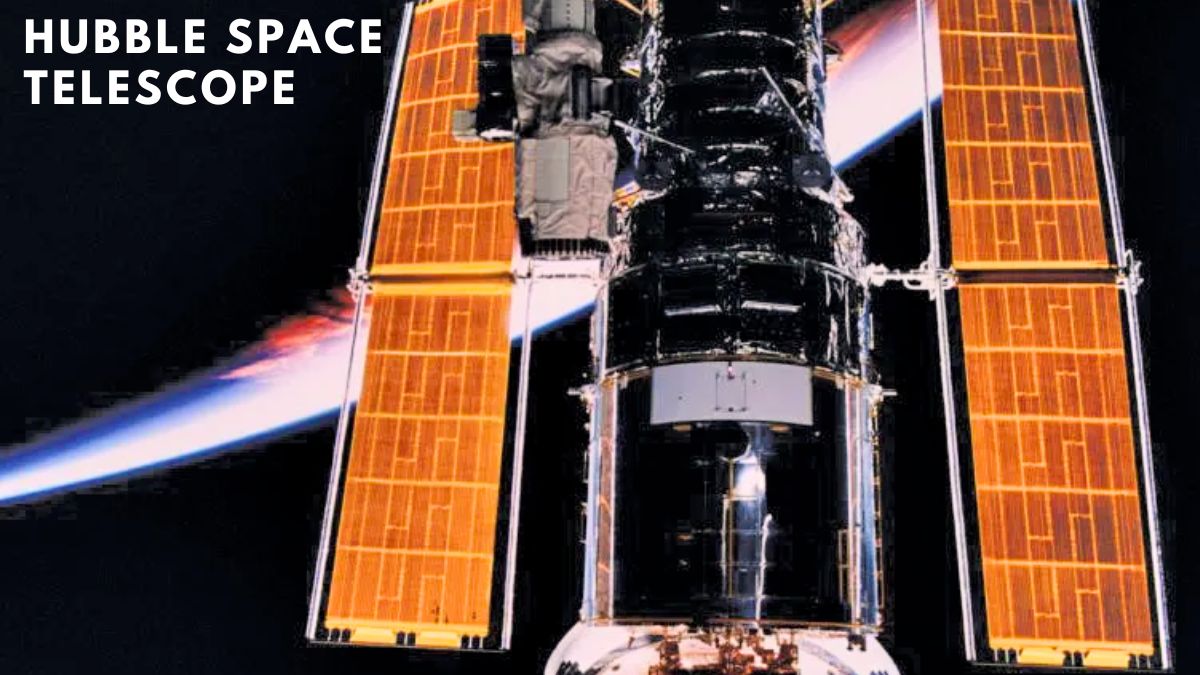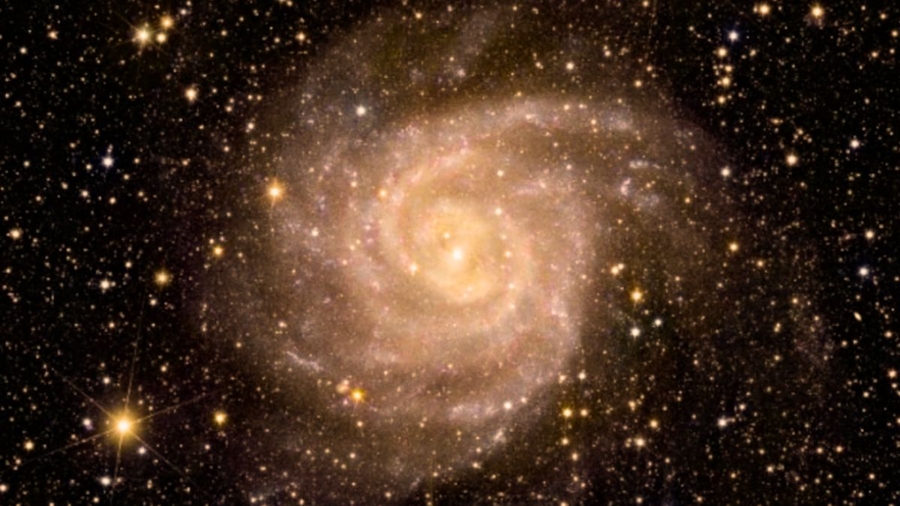Unlocking the secrets of Softly Luminous Galaxy UGC 11105. The NASA/ESA Hubble Space Telescope continues to reveal many new mysteries of the universe. In this series, new information about Softly Luminous Galaxy UGC 11105 has been published. UGC 11105 is located in the Hercules constellation, 110 million light-years away from Earth.
Galaxy UGC 11105 is composed of a bright core and many sparkling foreground stars wrapped around it. In this blog, we will learn more about Hubble Illuminates a Softly Luminous Galaxy UGC 11105, and some amazing secrets.
Table of Contents
- Discovery of the Softly Luminous Galaxy UGC 11105
- The Scale of Brilliance: Magnitude Unveiled
- Hubble’s Vision: A Technological Marvel
- The Hubble Advantage: Beyond Earth’s Distortions
- Hubble illuminates a dimly lit galaxy: A glimpse of celestial peace
- Conclusion: Navigating the cosmic tapestry with the genius of Hubble
Discovery of the Softly Luminous Galaxy UGC 11105
In this vast and undefined extent of the universe, the mysterious movement of Galaxy UGC 11105 and its constant changing of position stands as a new mystery and point of research. Evidence of this can be understood from some events that have occurred in the history of the universe such as the eruption of a type II supernova in 2019, momentarily outshining the galaxy itself. Galaxy UGC 11105 attracts everyone’s attention despite its dim brightness.
The Scale of Brilliance: Magnitude Unveiled
The Scale of Brilliance is the parameter that measures the brightness of galaxies, stars, or substances present in the universe. The scale of Brilliance is directly inversely proportional to the brightness of a substance, which means that if the magnitude of the Brilliance scale is higher, the brightness of the substance will be lower. On the contrary, if the value of the Brilliance scale is lower, then the brightness of the substance will be higher. On this basis, Luminosity measurement of substances, stars or galaxies present in the universe is done.
To understand the importance of The Scale of Brilliance, let us take an example. the Sun’s brilliance at -26.8 apparent magnitude, making it vastly brighter than UGC 11105. Even though this galaxy is a collection of stars and cosmic matter, its apparent magnitude of 13.6 places it among the fainter celestial objects visible to our eyes. Notably, the Hubble Telescope, with its remarkable capacity, can perceive objects up to a magnitude of 31, showcasing its ability to observe even the most dimly lit corners of the universe.
Hubble’s Vision: A Technological Marvel
The Hubble Telescope was launched in 1990 as a collaborative effort between NASA and the European Space Agency (ESA). The Hubble Space Telescope has brought about a huge revolution in our understanding and visualization of the universe. Its razor-sharp vision, unimpeded by Earth’s atmosphere, allows for unprecedented clarity and depth in our observations and knowledge.

The Hubble Advantage: Beyond Earth’s Distortions
Hubble’s position is also very important in collecting information about the universe and it also provides a strategic advantage to the world.
Hubble is not affected by atmospheric distortions, which is why the data obtained from Hubble has more accuracy and precision as compared to ground-based telescopes. Its consistent and reliable observations have significantly contributed to our understanding of distant galaxies, including the softly luminous UGC 11105.
Hubble illuminates a dimly lit galaxy: A glimpse of celestial peace
In our quest to unravel the mysteries of UGC 11105, Hubble’s work is admirable and its contribution cannot be underestimated. Each microscopic observation brings us closer to understanding the subtle glow of this distant galaxy. Let us dive deeper into cosmic information and appreciate the work and wonders accomplished by the Hubble Space Telescope.
Conclusion: Navigating the cosmic tapestry with the genius of Hubble
The dimly lit galaxy UGC 11105 remains an icon of astronomical wonder as we approach the final stretch of our search. Hubble’s continued search for clarity and ability to penetrate the boundaries of Earth’s atmosphere has empowered us to see the size, distance, beauty, and complexity of distant galaxies. In this cosmic journey, Hubble not only illuminates UGC 11105 but also blazes a path to deeper knowledge and understanding of the vast universe that surrounds us.
